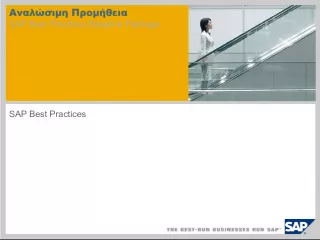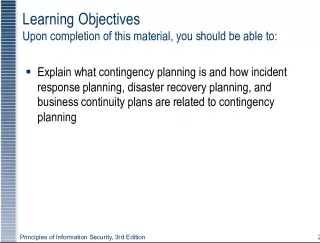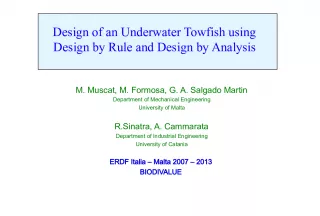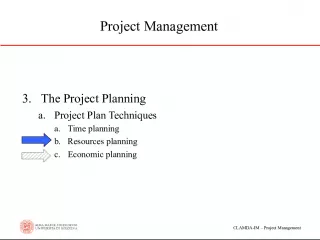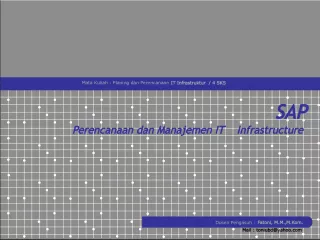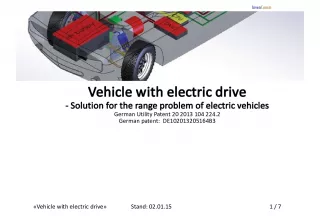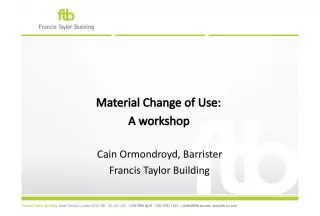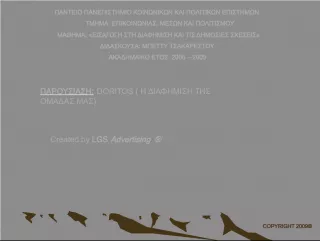Constraint-Driven IO Planning and Placement for Chip Package Co-Design


This paper discusses a new approach to IO planning and placement for chip package co-design. The authors introduce the concept of "chip package aware design constraints" and present
- Uploaded on | 1 Views
-
 jennifermay
jennifermay
About Constraint-Driven IO Planning and Placement for Chip Package Co-Design
PowerPoint presentation about 'Constraint-Driven IO Planning and Placement for Chip Package Co-Design'. This presentation describes the topic on This paper discusses a new approach to IO planning and placement for chip package co-design. The authors introduce the concept of "chip package aware design constraints" and present. The key topics included in this slideshow are . Download this presentation absolutely free.
Presentation Transcript
Slide1Constraint Driven I/O Planning andPlacement for Chip-package Co-design Jinjun Xiong , Yiuchung Wong, Egino Sarto , Lei He University of California, Los Angeles Rio Design Automation, Inc.
Slide2Agenda Motivation Overview of our approach Chip-package aware design constraints CIOP: constraint-driven I/O placement problem formulation Multi-step CIOP algorithm Experiment results Conclusion
Slide3SiliconPackage Board (Cadence)
Slide4Chip-package Co-desgin Bridge the gap between chip and package designers • Better convergence • Quicker time-to-market • Cost reduction I/O placement plays a critical role • The interface between chip and package designs
Slide5I/O Placement for Flip-chip Challenges • I/O cells placed anywhere on the die • Consider the bump locations on the package • Timing closure • Signal integrity (SI) • Power integrity Complicated design constraints are generated in practice to guide the I/O placement
Slide6Major Contributions A formal definition of a set of design constraints A new formulation of constraint-driven I/O placement An effective multi-step design methodology for chip-package co-design
Slide7Co-design Methodology Global I/O and core co- placement Bump array placement • Areas for bump pads I/O site definition • Areas for I/O cells Constraint driven detailed I/O placement I/O placement consists of three essential sub-problems • Placement of bump arrays • Placement of I/O sites • Placement of I/O cells
Slide8Power Integrity Constraints Power domain constraint • I/O cell voltage specification • Cells from same domain prefer physically closer Minimize power plane cut lines in the package • Provide proper power reference plane for traces • Depend on physical locations of I/O cells Proper signal-power-ground (SPG) ratio • Primary and secondary P/G driver cells • Minimize voltage drop and Ldi/dt noise
Slide9Timing Constraints Substrate routes in package varies significantly • Length spans from 1mm to 21mm • Timing varies more than 70ps for SSTL_2 I/O cells with critical timing constraints shall take this into account • Differential pair prefer to escape in parallel
Slide10I/O Standard Related Constraints High-speed design high-speed I/O I/O standard requirements • Relative timing requirements on signals • Likely to be connected to the same interface at other chips, so prefer to keep relative order to ease routing Closeness constraint Bump assignment feasibility constraint
Slide11Floorplan Induced Region Constraints Top-down design flow • PCB floorplan Bottom-up design • Chip floorplan I/O cells have region preference • Which side? • What location?
Slide12CIOP Problem Formulation Given: a fixed die size, a net-list with I/O cells, a set of design constraints Find: • Placement of bump arrays • Placement of I/O site • Legal placement of I/O cells Such that: all design constraints are satisfied • Wire length is also minimized
Slide13Agenda Motivation Overview of our approach Chip-package aware design constraints CIOP: constraint-driven I/O placement problem formulation Multi-step CIOP algorithm • Constraint-driven global I/O planning • Constraint-driven detailed I/O placement Experiment results Conclusion
Slide14Global I/O and Core Co-placement Wire-length driven Constraint driven • Minimize power domain slicing on the package planes Grid-based • Uniformity No restriction on a particular global placement engine • Force-directed • Partition-based • Analytic-based
Slide15Global I/O and Core Co-placement Additional components to cost function • Region constraint: quadratic penalty functions • SI constraints and escapability constraints bin capacity constraints • High level abstraction for efficiency consideration Power domain constraints: I/O cells from the same power domain closer to each other • Add a virtual net to connect I/O cells belonging to the same domain • Each bin is assigned to at most one power domain • Decided by the majority I/O cells’ power domain property • Adjacent bins of the same domain are merged • If one power domain is too fragmented, the corresponding virtual net will be given a higher weight in the next placement run
Slide16Global I/O and Core Co-placement Power domain definition • Majority I/O cells location • Modeled in global placement Translated to region constraints for I/O cells for the following steps
Slide17Bump and Site Definition Regular bump pattern is preferred • Escapability analysis Regular I/O site is preferred • I/O proximity • RDL planar routability analysis I/O sites more than I/O cells • SPG ratio consideration • Flexibility for later bump assignment I/O super site: a cluster of I/O sites
Slide18Agenda Motivation Overview of our approach Chip-package aware design constraints CIOP: constraint-driven I/O placement problem formulation Multi-step CIOP algorithm • Constraint-driven global I/O planning • Constraint-driven detailed I/O placement Experiment results Conclusion
Slide19ILP Feasibility Problem for SuperSite Assignment One I/O cell to one I/O site I/O site capacity const Differential pair capacity Region constr. Differential pair const.
Slide20ILP Feasibility Problem for SuperSite Assignment Captures clustering constraints (L i , C i L )
Slide21Legal Assignment of I/O Cells toI/O Sites Solved on a per super site basis Min-cost-max-flow problem • A bipartite graph G(V1,V2,E) • V1: the set of I/O cells assigned to the super site • V2: the set of I/O cells within the super site • E: the feasible connection between V1 and V2 • Query bumps escape layer properties • Query substrate route characteristics: e.g., impedance, route length • Determine whether or not an I/O cell is allowed to be assigned to an I/O site • Cost of E: preference in assignment • RDL wire length from I/O cells to I/O sites • Constraint violation
Slide22Experiment Results Real industrial designs Constraints not include the ones that are generated internally
Slide23Experiment Results CSR: Constraint Satisfaction Ratio Our algorithm can satisfy all design constraints in one iteration Runtime is very promising
Slide24Comparison Study Two base-line algorithms are studied • TIOP: conventional constraint-oblivious approach • TCIOP: Constraint-driven global I/O planning + conventional constraint-oblivious I/O placement • Both may not satisfy all design constraints in one iteration Iterative local refinement procedure follows to further improve CSR • Swapping, shifting, relocating
Slide25Comparison on CSR X-axis: iteration number Y-axis: CSR in percentage Recall: our CIOP’s CSR = 100% using one iteration TIOP TCIOP
Slide26Comparison on Wire Length Normalize wire length w.r.t. that of TIOP’s zeroth iteration Wire length increase in percentage
Slide27Agenda Motivation Overview of our approach Chip-package aware design constraints CIOP: constraint-driven I/O placement problem formulation Multi-step CIOP algorithm Experiment results Conclusion
Slide28Conclusion Formally defined a set of common design constraints for chip-package co- design Formulated a detailed constraint-driven I/O placement problem (CIOP) Solved CIOP via an effective multi-step algorithm
